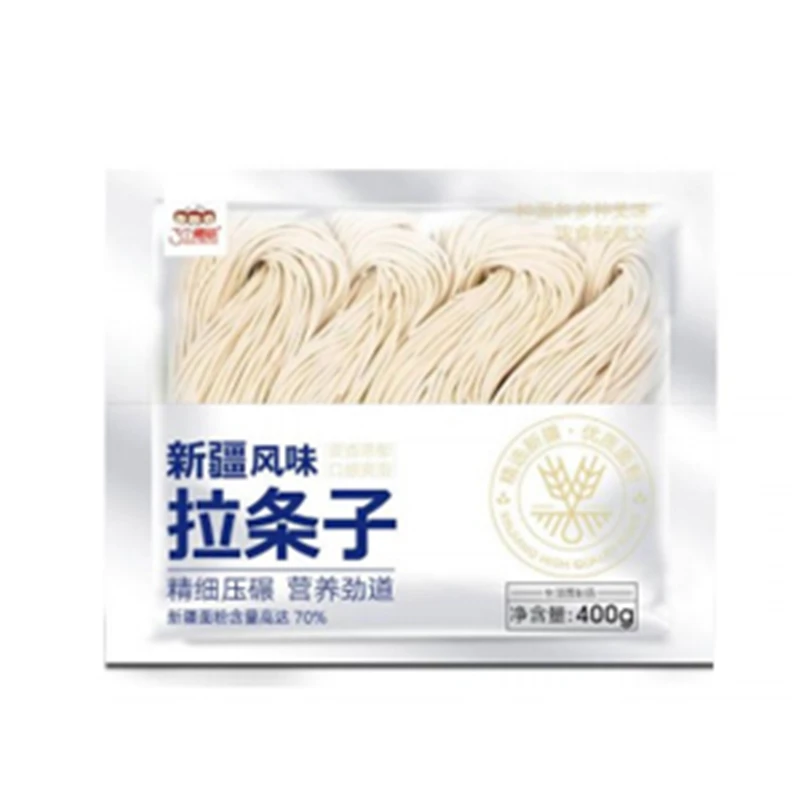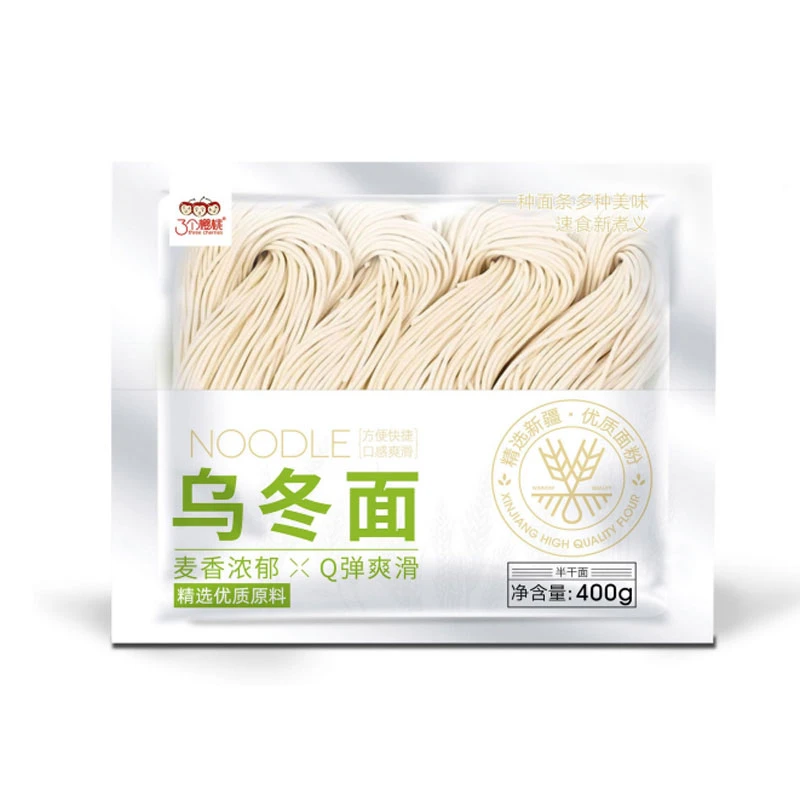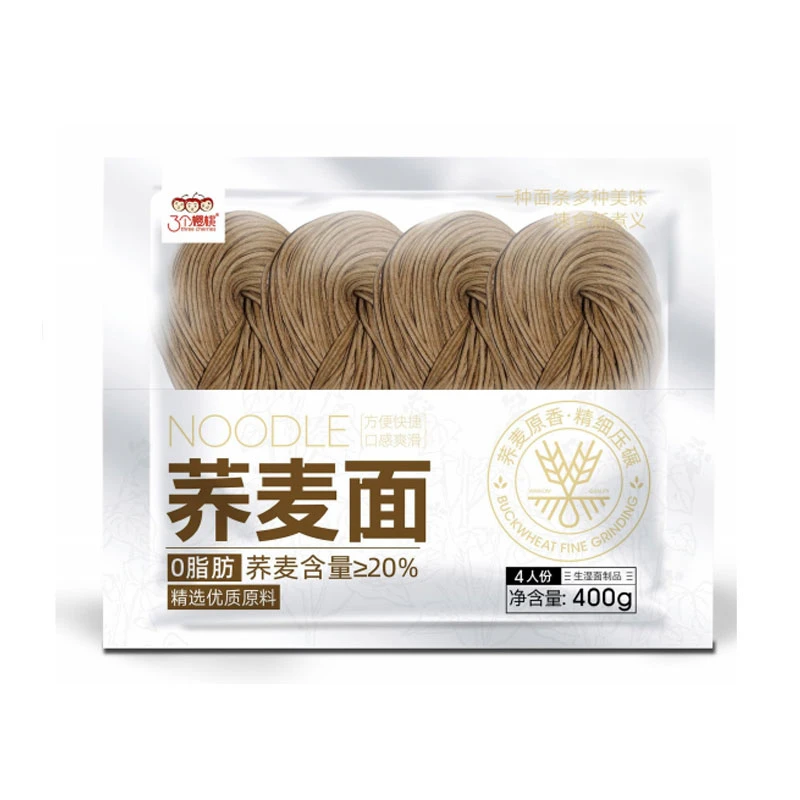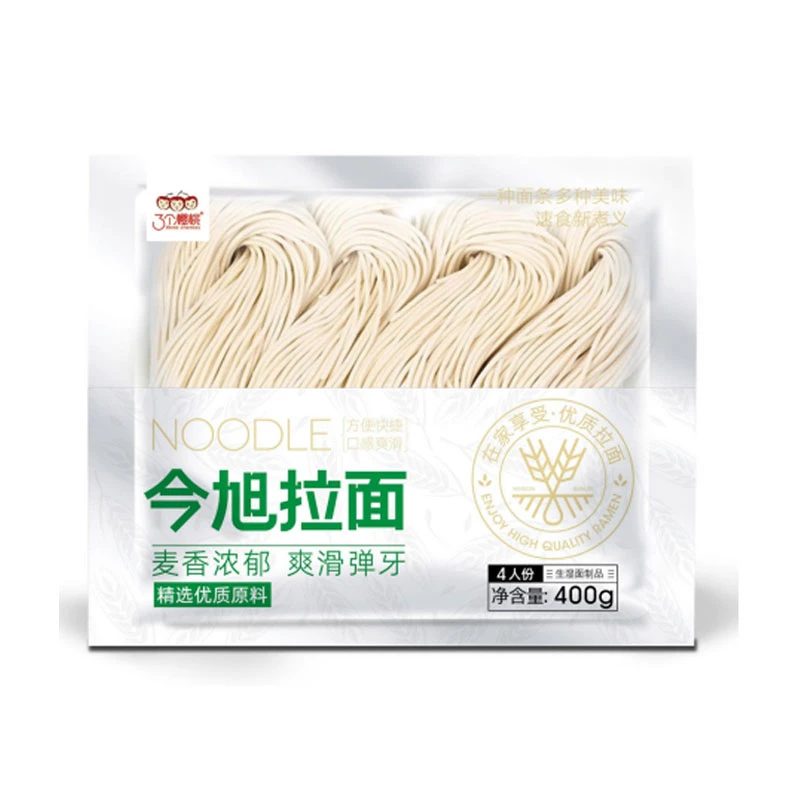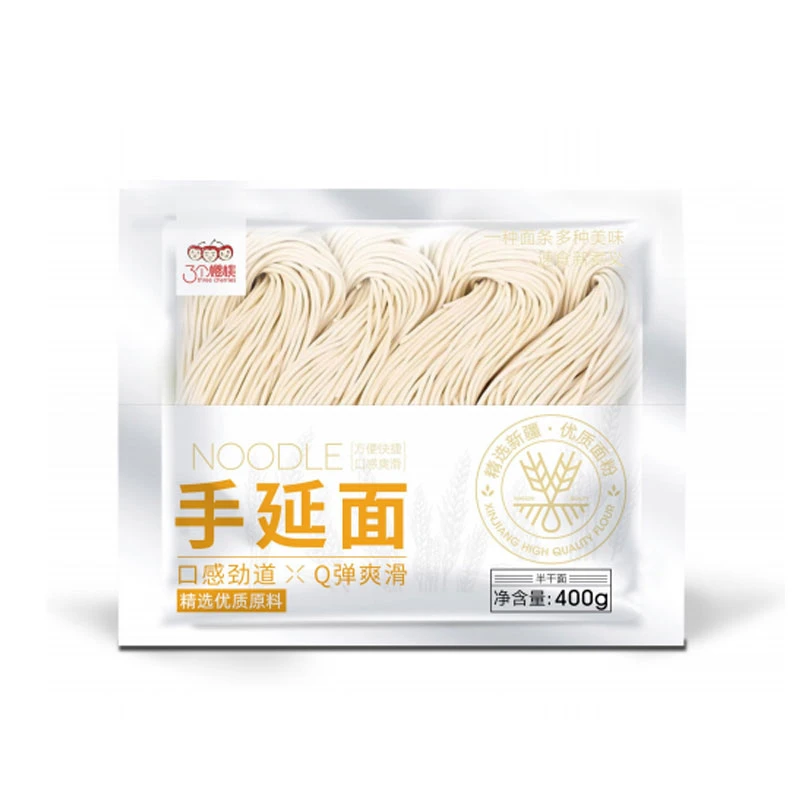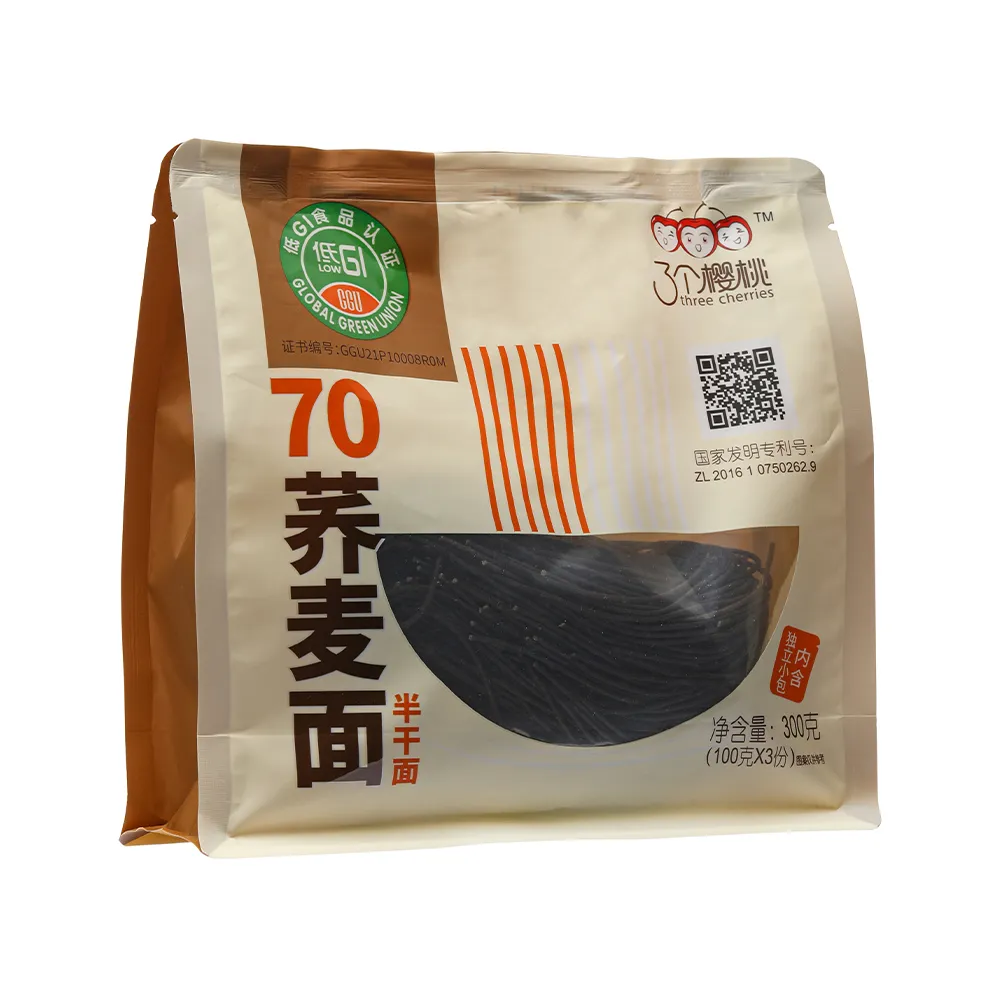Buy Dry Noodles Packet Online Instant & Different Types of Noodles Packet for Quick Meals
- Introduction to dry noodles packet
and its growing market presence - Key features and technological advantages of advanced noodle packaging
- Industry comparison: leading manufacturers of dry noodles packets
- Customization options: tailoring packets to different noodles types
- Application cases: successful use of innovative noodle packets
- Market trends and consumer responses to packet innovations
- Conclusion: the evolving role of dry noodles packet in convenience food packaging

(dry noodles packet)
Introduction: Dry Noodles Packet in the Modern Convenience Food Industry
The dry noodles packet stands as a staple in the rapid-paced world of convenience foods. From bustling urban centers in Asia to remote grocery stores across Europe and North America, instant and dry noodle packets offer unmatched portability, affordability, and durability. According to MarketWatch, the global instant noodles market, heavily driven by various types of noodle packets, was valued at USD 43.2 billion in 2023 and is projected to surpass USD 57 billion by 2028, reflecting a CAGR of over 5.7%. As urbanization increases and consumers demand easy-to-store, quick-preparation meals, the evolution of dry noodles packaging is accelerating to meet regulatory, sustainability, and branding requirements across multiple regions.
Technological Advantages in Noodle Packaging
Modern dry noodles packet technology leverages multi-layer composite films and advanced barrier coatings, dramatically improving shelf life and product safety. Laminated films comprising PET, PE, and aluminum foil can extend freshness up to a year. In addition, oxygen absorbers and vacuum sealing methods limit microbial growth and flavor degradation.
The table below highlights key technical features found in leading noodle packet formats:
| Packet Type | Material Composition | Shelf Life (months) | Barrier Properties (O2 / H2O g/m2/day) | Customization Options |
|---|---|---|---|---|
| Traditional Single-layer | PE/PP | 3-6 | 20 / 30 | Basic Print, Size |
| Laminated Composite | PET/AL/PE | 9-12 | 0.5 / 1.5 | Graphics, Window, Texture |
| Biodegradable | PBS/PBAT | 6-9 | 15 / 25 | Eco-friendly Design |
These technology improvements not only protect food integrity and prolong edibility but also streamline the logistics chain, support automated filling, and accommodate brand storytelling through high-definition graphics printing.
Comparing Leading Dry Noodles Packet Manufacturers
To achieve consistent quality and compliance, food brands often scrutinize different suppliers for instant noodles packet production. The industry features global giants as well as specialized regional players, each offering unique value propositions. The following manufacturer comparison underscores differences in capacity, innovation, and sustainability approach:
| Manufacturer | Annual Output (tonnes) | Geographical Reach | Innovation Focus | Sustainability |
|---|---|---|---|---|
| Huhtamaki Group | 120,000+ | Global | Smart Packaging, Eco-multilayer | 30% renewable materials |
| Amcor | 90,000+ | Americas/Europe/Asia | High-barrier Films | Recyclable, Reusable formats |
| Sealed Air | 70,000+ | North America | Vacuum Technology | Improved carbon footprint |
| Smaller Asian Suppliers | 5,000 - 30,000 | Asia-Pacific | Affordable Customization | Some bio-based films |
While global corporations often deliver superior quality assurance and R&D, regional manufacturers may provide agility and cost-effective prototyping for niche or private label dry noodles packets.
Customization for Different Types of Noodles Packet
Today’s diverse culinary landscape requires noodles packaging adaptable to myriad product forms: from flat wheat noodle bricks to rice noodle bundles and udon rounds. Leading brands offer comprehensive customization addressing both functional and aesthetic needs.
- Portion Control: Pre-measured pouches for health-conscious consumers or foodservice clients.
- Textured Finishes: Glossy, matte, or tactile surfaces for enhanced shelf appeal and recognition.
- Variable Sizing: From single-serves (65g) to family packs (500g+), catering to different market segments.
- Integrated Seasoning Compartments: Co-packing that includes sachets of flavorings or dehydrated vegetables.
- Special Shapes: Die-cut packaging for unique noodles shapes such as ramen rounds or fettuccine nests.
Application Cases: Success Stories in Dry Noodle Packet Innovation
Several companies have demonstrated significant ROI and consumer engagement through innovative noodles packet deployment.
- Nissin Foods (Cup Noodles): Leveraged premium laminated packets that allow for instant hydration and in-cup cooking, boosting global sales by 12% in 2022.
- Indomie: Deployed localized packaging with bilingual instructions and country-specific flavor cues, capturing a 72% market share in Nigeria’s instant noodles segment.
- Sun Noodle: Partnered with U.S. supermarkets to introduce fresh ramen kits in recyclable trays, increasing category revenue by 38% year-on-year.
- Innovative Startups: Noodle Plus introduced biodegradable rice noodle packets aimed at reducing landfill waste, with positive feedback from 84% of surveyed consumers.
Market Trends and Consumer Adoption
The noodles packet industry is experiencing several pivotal changes, influenced by health, environmental, and convenience preferences. More than 55% of millennial shoppers favor packets made with minimal plastics and clear recycling instructions, according to Nielsen 2023 surveys. E-commerce-driven packaging is also shaping pouch dimensions and drop-test standards as home deliveries surge post-pandemic.
Demand for portion-controlled, clear-window packets and allergen labeling has increased by double digits over the past two years. At the same time, eco-labels (e.g., “biodegradable” or “compostable”) contribute to a reported 18% higher repurchase rate among sustainability-driven consumers.
Conclusion: The Future of Dry Noodles Packet
As consumer lifestyles continue to prioritize health, sustainability, and convenience, the dry noodles packet is set to evolve as more than just a vessel for food delivery — it will be a canvas for brand identity and a vehicle for innovation. Whether embracing advanced barrier films for superior preservation, leveraging customized designs for unique noodle offerings, or adopting eco-conscious materials to attract greener audiences, the world of instant and specialty noodles packs will remain central to the global convenience food market’s growth and transformation.

(dry noodles packet)
FAQS on dry noodles packet
Q: What is a dry noodles packet?
A: A dry noodles packet typically contains uncooked noodles, often made from wheat or rice. It may include a seasoning sachet. Just boil the noodles and add the seasoning to prepare.Q: How is an instant noodles packet different from a regular dry noodles packet?
A: Instant noodles packets include pre-cooked and dehydrated noodles with flavoring. They are designed for quick preparation—just add boiling water. Regular dry noodle packets may require longer cooking and separate seasoning.Q: What are the different types of noodles packet available?
A: There are several types, including instant noodles packets, stir-fry noodles packets, and rice noodles packets. Each type offers unique flavors and preparation methods. Choose depending on your desired cuisine and convenience.Q: Can dry noodles packets be stored for a long time?
A: Yes, dry noodles packets have a long shelf life when stored in a cool, dry place. Always check the expiration date before use. Proper storage keeps them fresh and safe to eat.Q: Are dry noodles packets suitable for vegetarians?
A: Many dry noodles packets offer vegetarian options, but always check the ingredient list. Some seasoning packets may contain meat extracts. Opt for clearly labeled vegetarian or vegan packets if needed.-
Is Whole Wheat Pasta Healthy?NewsMay.30,2025
-
Are Soba Noodles Good for Weight Loss?NewsMay.30,2025
-
Are Buckwheat Soba Noodles Healthy?NewsMay.30,2025
-
Are Buckwheat Soba Noodles Gluten Free?NewsMay.30,2025
-
Are Buckwheat Noodles Good for You?NewsMay.30,2025
-
A Healthy Way to Savor Soba and Spicy FlavorsNewsMay.30,2025
-
What Are Lanzhou Noodles?NewsMay.30,2025
Browse qua the following product new the we












































































































